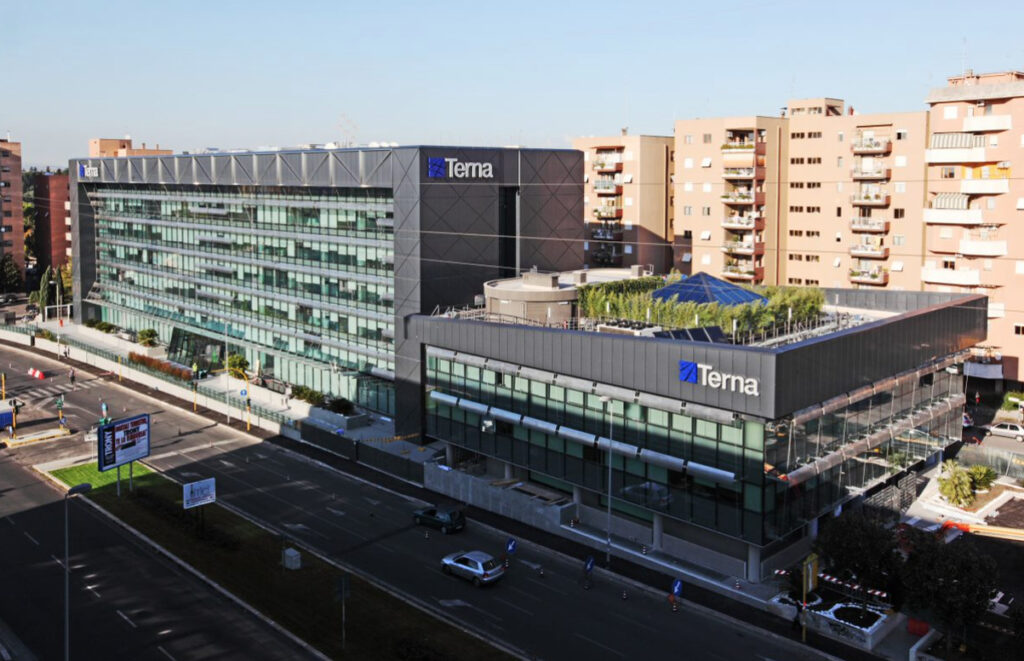
We gather the industry reaction to the MACSE auction in Italy, which saw TSO Terna procure 10GWh of long-term capacity at what most agreed are extremely low prices.
Several weeks have now elapsed since the Meccanismo di Approvvigionamento di Capacità di Stoccaggio Elettrico (MACSE) long-term capacity auction for large-scale energy storage was concluded on 1 October.
It saw transmission system operator (TSO) Terna secure 10GWh of capacity under 15-year contracts starting 2028 from 15 large-scale lithum-ion battery energy storage system (BESS) projects. The projects total 1,491.392MW of power and 9,968MWh of capacity, an average duration of 6.6 hours (one winning project has since pulled out, leaving 14, more on that further down).
Terna will use the BESS projects’ capacity in a load-shifting platform serving the country’s intermittent renewable generation operators, for which the BESS owners will receive a weighted average price of €12,959/MWh/year (US$15,230). However, the scheme was pay-as-you-bid, so some operators will receive more, some less.
Try Premium for just $1
- Full premium access for the first month at only $1
- Converts to an annual rate after 30 days unless cancelled
- Cancel anytime during the trial period
Premium Benefits
- Expert industry analysis and interviews
- Digital access to PV Tech Power journal
- Exclusive event discounts
Or get the full Premium subscription right away
Or continue reading this article for free
See a treemap of them below, organised by capacity (MWh) and ultimate parent company: Enel won half, with ACL, ZE Energy, Eni Plenitude, Greenvolt, Whysol and Natpower the other winners.
Low prices
The clearing price means Terna will pay around €129.6 million per year for the c.10GWh of capacity. Many have said the low price means operators will struggle to score high single-digit internal rates of return (IRR) on their projects.
“The (MACSE price) calculations are hardly correct at current prices if you want a payback period of less than 10 years,” said BESS supplier Risen Energy’s sales director EU & LATAM Andres Pinilla Anton on business networking site LinkedIn.
In a commented response, IPP Solarig’s investment director Jose Carlos Gaspar said: “Without a doubt, the big winner of the auction is Terna and the Italian government, which acquired 10GWh at such a competitive price. Congratulations.”
Others say that the low prices mean winning project operators will need to secure very competitive BESS supply deals and execute on their projects – more on that further down, too.
“The gold rush is finished. If you haven’t engineered a really strong project, you might as well quit,” Roberto Jimenez of BW ESS told trade press. The firm reportedly secured 7% of the total allocation, most likely via the 706MWh ‘ACL SPV 7’ winning project, put in by developer ACL, with which BW ESS has an Italy partnership.
Merchant now the focus
Josh Taylor, commercial strategy lead at law firm Piper Maddox, said that the low clearing prices has shifted the spotlight onto merchant revenue streams including arbitrage, intra-day and ancillary services.
He said that capacity auction prices have been on a downward trend in the UK, and current market leaders are those with effective commercial asset management and optimisation.
E-CUBE Strategy Consultants authored a long blog post on the auction and how winning projects can use merchant revenues to increase their IRR by capitalising on increased market volatility and ‘crisis’ moments on the grid.
“Batteries generate their highest revenues during extreme events: blackouts, price spikes, local congestion. These events are unpredictable but recurrent, and their frequency increases with renewable penetration,” its post read.
“MACSE guarantees grid presence and access to volatility-driven revenues. Only installed assets benefit from these events, which are not captured in price forecasts. Developers may bid low to secure this optionality, betting on future upside.”
“Participating in schemes like MACSE with low bids is like buying an option on future system volatility.”
Using scale to get good prices from suppliers
Several commentators said that the low prices will nonetheless mean that securing competitive deals from BESS suppliers and engineering, procurement and construction (EPC) service providers will be key.
In its blog post, E-Cube said even securing just the low-single digit IRR would “be highly dependent on developers’ ability not to deviate from initial CAPEX estimates by putting pressure on suppliers and controlling EPC risks.”
Marek Kubik, formerly of Fluence but now energy storage director at Saudi Arabia megaproject NEOM, said that hitting China-level prices for procurement could increase IRRs by between three and six percentage points.
“Multi-GWh projects outside China already hit $120/kWh (€103/kWh) on split-scope deals. If Italy hits those levels, IRRs could climb +3–6%. But only the biggest players will have such GWh buying power,” he said.
Dr Mikel Pino, head of energy storage Europe at IPP Exus Renewables, similarly said: “I think the key is to look at who won the auction and the volume, thus being able to have quite brutal negotiating power for supply. I wouldn’t be surprised if they reached levels close to those already seen in China or the Middle East for equipment.”
As shown in the chart above, state-backed utility and power firm Enel won around half the capacity awarded. The firm is 23.6% owned by Italy’s Ministry of Economy and Finance, and has so far dominated Italy’s energy storage market schemes, winning the majority of the BESS project awards in 2022’s capacity market auction.
One project withdrawn
Shortly after the results, a 5MW/32MWh BESS under the ‘ACL SPV 2’ entity was withdrawn from the auction, leaving 14 winning projects. This was developed by ACL and reportedly acquired by Enel, although Energy-Storage.news has not seen this confirmed officially. It was the smallest project in the auction.
